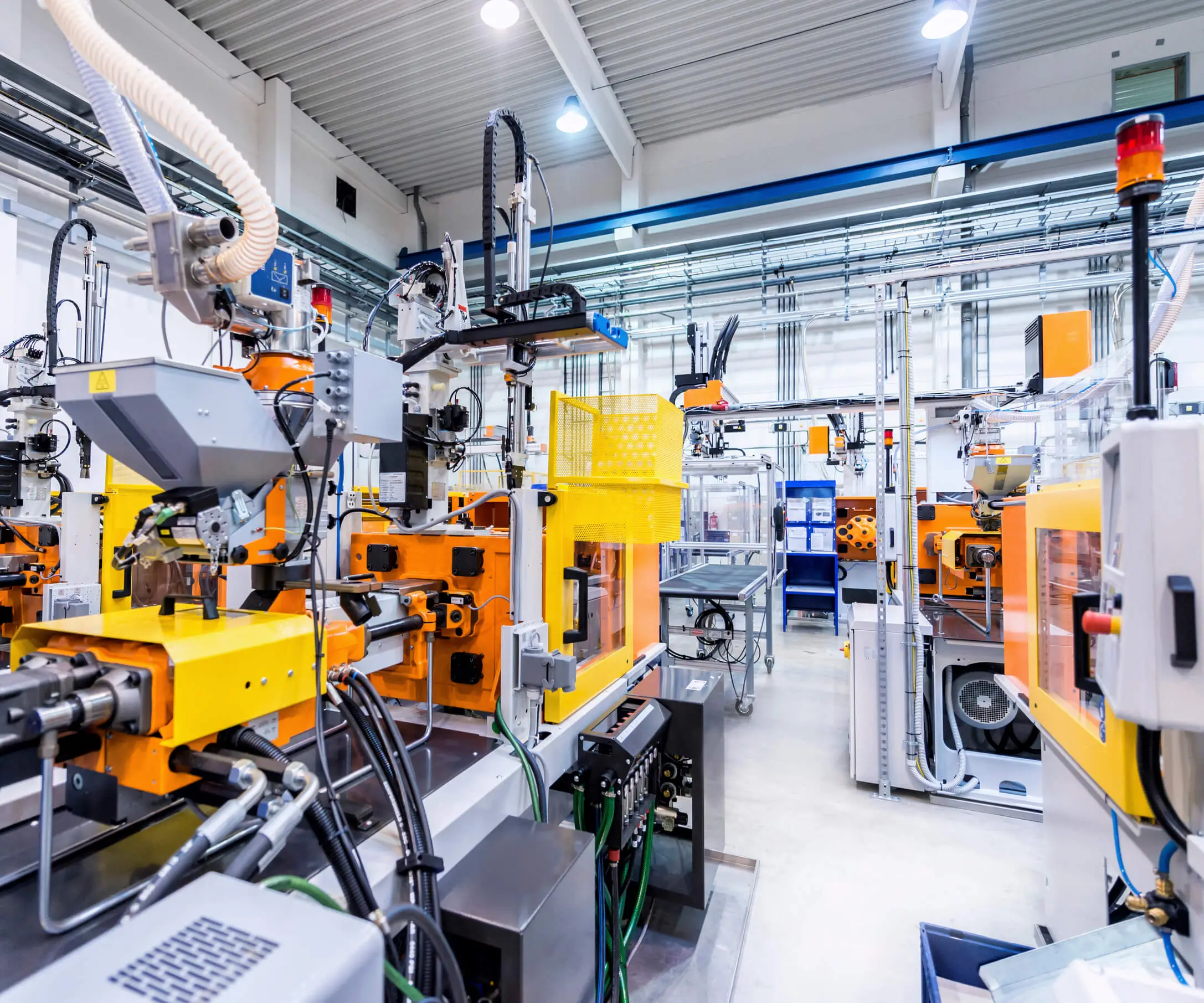part 1:
Unlocking Power and Precision: The Essential Guide to Gearboxes for Hydraulic Motors
In industrial landscapes where precision, power, and reliability reign supreme, hydraulic systems stand out as the backbone of many manufacturing, construction, and transportation operations. At the heart of these systems lies a complex dance of components working together seamlessly—among them, the gearbox for hydraulic motors plays a pivotal role.

What is a Gearbox for Hydraulic Motors?
In simplest terms, a gearbox for a hydraulic motor acts as a custom-tailored transmission system that adjusts the speed and torque delivered by the hydraulic motor to meet specific operational requirements. Source power from pressurized hydraulic fluid, the motor converts this fluid energy into rotational motion. The gearbox then modifies this motion—either amplifying torque, reducing speed, or both—making the system more adaptable for various applications.
Hydraulic gearboxes are designed with precision to handle the diverse challenges that come with heavy-duty machinery, including high torque loads, fluctuating pressures, and continuous operation. Their design ensures smooth transmission of power, minimal energy loss, and durability under strenuous conditions.
Why Are Gearboxes Essential for Hydraulic Motors?
Hydraulic systems are celebrated for their exceptional power-to-weight ratios, flexibility, and smooth operation. Yet, without an efficient gearbox, the hydraulic motor's raw power often can't be harnessed optimally. Here’s why gearboxes are indispensable:
Speed Transformation: Hydraulic motors generally operate at high rotational speeds unsuitable for many industrial tasks. Gearboxes reduce these speeds to practical levels, enabling machinery such as conveyor belts, excavators, or agricultural equipment to function effectively.
Torque Enhancement: Certain applications demand high torque at low speeds—think heavy lifting or digging. Gearboxes step up the torque output of hydraulic motors to ensure these demanding tasks are manageable.
Precise Control: Many operations require fine adjustments and control over movement. Gearboxes, especially those with multi-speed or variable gear options, facilitate this exactitude.
Alignment with Application Needs: Different tasks require different power outputs; gearboxes allow customization by providing various gear ratios, ensuring the hydraulic system is tailored to specific operational parameters.
Protection and Longevity: Well-designed gearboxes insulate hydraulic motors from overloads and shocks, extending the lifespan of the entire system.
Types of Gearboxes for Hydraulic Motors
Depending on the application, design complexity, and operational needs, various types of gearboxes find their way into hydraulic systems:
Worm Gearboxes: Known for providing high torque multiplication and self-locking capabilities. Used when backward movement prevention is needed.
Helical and Spiral Gearboxes: Offer smooth, quiet operation and are suitable for high-speed, low-torque applications. Their tooth design distributes load evenly, increasing longevity.
Planetary Gearboxes: Characterized by high power density and compact design, ideal for applications where space is limited yet high torque is necessary.
Bevel and Miter Gearboxes: Be used where the axis of rotation needs to change direction, such as in right-angle configurations.
Each of these gearboxes is tailored to specific operational conditions—factoring in load capacity, space constraints, noise levels, and maintenance considerations.
Design Considerations for Hydraulic Gearboxes
Designing a suitable gearbox for hydraulic motors involves multiple factors:
Torque and Power Ratings: Ensuring the gearbox can handle peak loads without failure.
Gear Ratio: Determining the balance between speed reduction and torque increase needed for the application.
Material Selection: Using durable materials like hardened steel or bronze to withstand wear and corrosion.
Lubrication: Proper lubrication design extends gear life and maintains operational efficiency.
Sealing and Protection: To prevent hydraulic fluid leaks and contamination, which could lead to gear damage.
Efficiency: High gear efficiency reduces energy losses, saving costs and improving system performance.
Maintenance and Reliability
Like all mechanical components, gearboxes require regular maintenance to sustain optimal operation. This includes periodic lubrication checks, inspection for wear and tear, and timely replacement of damaged parts. Good maintenance practices minimize downtime, reduce operational costs, and prevent catastrophic failures.
In addition to maintenance, selecting gearboxes with proven reliability and quality manufacturing ensures longevity. Many manufacturers offer gearboxes with removable covers for easy inspection, modular components for straightforward replacement, and advanced lubrication systems to maintain continuous optimal performance.
The Future of Hydraulic Gearboxes
As industries push toward automation, energy efficiency, and smarter systems, hydraulic gearboxes are also evolving. Advances in gear materials, surface treatment, and lubrication technology are making gearboxes more efficient, quieter, and more durable than ever before.
Emerging trends include:
Smart Gearboxes: Incorporating sensors and IoT technology for real-time monitoring, predictive maintenance, and automatic adjustments.
High-Performance Materials: Use of composites and advanced alloys to reduce weight without sacrificing strength.
Customization and Modularity: Gearboxes designed precisely for specific hydraulic motor models and operational conditions, simplifying integration and maintenance.
Understanding these emerging trends assists engineers and designers in future-proofing their hydraulic systems, ensuring they stay competitive in a forward-looking industrial landscape.
Part 2 will delve into specific applications, selection criteria, innovations, and maintenance tips for gearboxes in hydraulic motors, ensuring you’re fully equipped to choose the right gearbox for your system and understand its role in enhancing performance. Stay tuned!
Kpower has delivered professional drive system solutions to over 500 enterprise clients globally with products covering various fields such as Smart Home Systems, Automatic Electronics, Robotics, Precision Agriculture, Drones, and Industrial Automation.




































